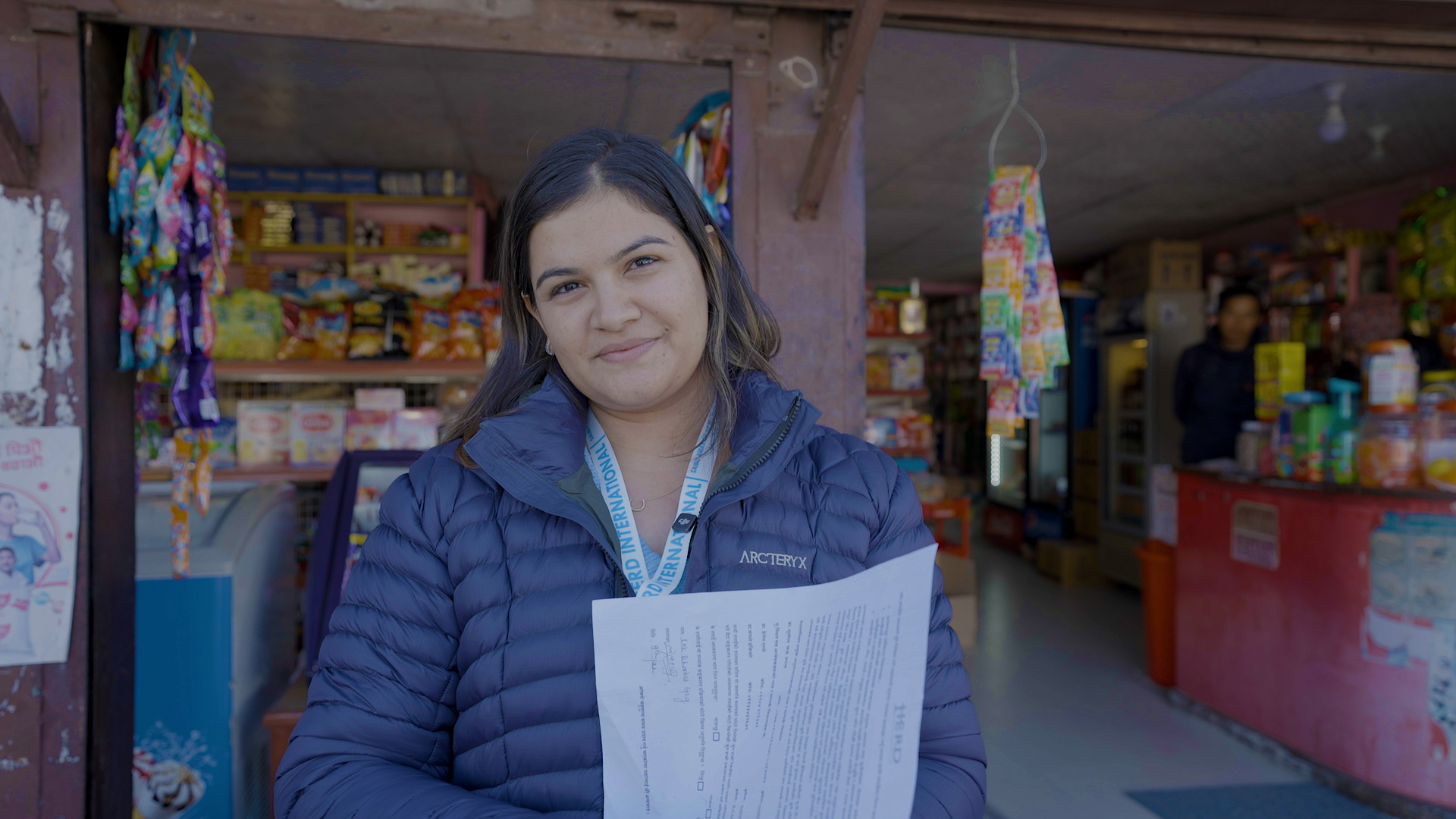What is a city? Definitions vary. Generally, it is government authorities who set the benchmarks to call a certain place a city. Administrative and statistical definitions of a city are attributed to populations, households and infrastructural systems such as well-managed housing, transportation facilities, proper sanitation, availability of utilities, use of information technology and so on. The United Nations describes cities as hubs for ideas, commerce, culture, science, productivity, social, human and economic development where urban planning, transport systems, water, sanitation, waste management, disaster risk reduction, access to information and education are issues to sustainable urban development.
In essence, the city is attributed to the development and prosperity. That’s why what attracts people towards the city is the pursuit of happiness and prosperity. The search for a better life brings a huge number of poor people to the urban areas. In Nepal, migration from villages to the semi-urban and urban areas is on an increasing trend. Be it recently urbanized municipalities or the large towns, they have been attracting a large number of people. Cities are shelters for the landlords.
Of urban populations, those who live in slum constitute 29.244 globally. In Nepal, slum population decreased to 49.3 percent in 2018 from 58.1 percent in 2010. However, compared to global data, the existing portion of the slum population in Nepal is remarkably high. Rapid urbanization is common across the country. However, among all the urban centers, Kathmandu Valley is the hub of Nepal’s urbanization. With a population over 1 million, Kathmandu City alone recorded the highest density of 19,726 persons per square kilometer in 2011. In Kathmandu alone, there are 63 slum and squatter settlements.
Slums are attributed to poor living conditions such as lack of access to improved water, access to improved sanitation, sufficient living area, housing durability, and security of work. City may not always be how it is perceived because the city is not only about the tall buildings, attractive parks, railways, big universities and hospitals, it is also about narrow paths, unmanaged settlement and pollution. The city is not only about prosperity, it’s also about scarcity, especially for the poor.
Living in the city is expensive compared to living in villages. So, it is difficult for urban poor to live in cities as they cannot afford a minimum amount for health and live a minimally comfortable life. So, they need protection and care from the states.
A robust health system is required not only to make routine health services effective, but also to keep the system working during the pandemic.
One of the key problems urban poor facing is associated with health services. The Urban Health Policy of Nepal recognizes that the presence of health services is seemingly wide in cities but there is a sizable gap in access to health services among the poor. Immunization is an example. According to the 2011 census, more than 90 percent of children were immunized in the urban area but the portion of children from poor families who got immunized was limited to 77 percent. Similarly, the percentage of women from poor families who visited health facilities for antenatal care services four times was only 38 percent whereas in aggregate 71.8 women had four times ANC visit, as per the census data.
Recognizing urban health as a pressing issue, the government of Nepal introduced urban health policy in 2014 aiming to contribute to poverty alleviation by improving health of urban people especially women, children, the poor and the marginalized community. There is little evidence about urban poor and their health needs. Lack of disaggregated data including intersectional disaggregation raises several questions such as who the poor are and where they live. If they have access to the health services, how they access the health facilities and so on. Urban poor are vulnerable to both communicable and non-communicable diseases. But they have been overlooked in data, programs and policies.
Gender Equality and Social Inclusion Strategy of the Health Sector (2018) mentions that improvements are required in the Health Management Information System (HMIS) and there is also a need for enhanced implementation and participatory research and the better use of evidence for planning and decision making. It is important to ensure that urban poor have quality access to health services to achieve universal health coverage by 2030, a central, transformative promise of the SDGs.
For this, it is urgent to strengthen the health sector, the need of which has become stark after the emergence of Covid-19 pandemic. A robust health system is required not only to make routine health services effective, but also to keep the system working during the pandemic.
National Health Sector Strategy recognizes that more evidence is required on (i) health conditions, ii) health needs of disadvantaged and excluded populations, (iii) the barriers they face in accessing health services and protecting their wellbeing, and (iv) cost-effective approaches to reducing the equity gap.
There is a huge equity gap in urban areas. But it has been less known how our health system can reduce this equity gap in addressing health needs of people. Therefore, more evidence is required to inform policy to reduce the equity gap so that it addresses problems related to health care urban poor have been facing.
(This article has been published on NepalLiveToday: https://www.nepallivetoday.com/2021/07/25/addressing-the-unnoticed-plights-of-the-urban-poor/)
Shreeman Sharma is a social science researcher associated with HERD International, a health research organization. The opinions expressed do not represent the views of the organization he is associated with.












Comments (0)
No comments found.